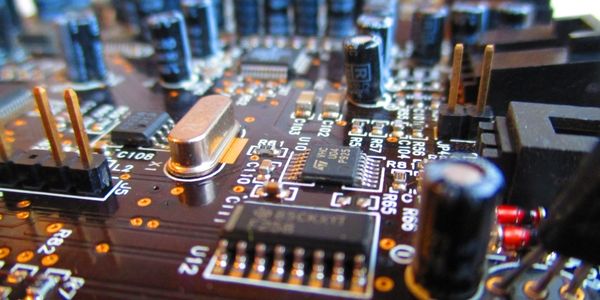Schneider Electric's Multi-Disciplinary System Design Approach for Developing Miniature Circuit Breakers

Technology Category
- Analytics & Modeling - Digital Twin / Simulation
- Sensors - Voltage Sensors
Applicable Industries
- Buildings
- Electronics
Applicable Functions
- Product Research & Development
Use Cases
- Virtual Prototyping & Product Testing
- Virtual Reality
Services
- Testing & Certification
About The Customer
Schneider Electric is a global leader in the digital transformation of energy management and automation in homes, buildings, data centers, infrastructure, and industries. With 150,000 employees worldwide and a presence in over 100 countries, Schneider Electric is the undisputed leader in power management and automation systems. The company offers IoT-enabled solutions to seamlessly connect, collect, analyze and act on data in real-time, providing integrated solutions that help customers better manage their energy systems to achieve higher energy efficiency and sustainability. Schneider Electric has been an Altair customer for many years and has extended their usage to several more software products in the Altair HyperWorks suite to apply co-simulation in their development processes.
The Challenge
Schneider Electric, a global leader in power management and automation systems, faced a challenge when they identified a new market opportunity for their circuit breaker business in a region where they had no presence. The challenge was to adapt an existing standard design for a circuit breaker’s automatic recloser to be used under different operating conditions, including different voltage levels and types (DC rather than AC), and varying temperatures. The product variant had to meet all-new specifications and the window of opportunity was short, requiring the development of a viable product within only four months. The challenge was further compounded by the need to maintain Schneider Electric's high product standards, superior customer satisfaction, and an excellent corporate reputation for providing products that perform with high reliability.
The Solution
To meet this challenge, Schneider Electric turned to simulation technology to speed up the process and meet the development deadline. They adopted a multi-disciplinary design approach using the Altair HyperWorks suite, which included tools like Altair Activate, Altair Flux, and Altair MotionSolve. This approach allowed Schneider Electric engineers to evaluate numerous variants and identify the optimal design parameters for the various operating conditions. By combining 1D and 3D models, they were able to successfully simulate their circuit breaker as the complete system-of-systems that it is. Activate enabled the engineers to model their control strategy and electronics disciplines. These results were then combined with the 3D models from Flux and MotionSolve. The multi-disciplinary approach revealed some interesting findings and allowed for early risk management, preventing the engineers from moving in the wrong design direction or building prototypes which wouldn’t work.
Operational Impact
Quantitative Benefit

Case Study missing?
Start adding your own!
Register with your work email and create a new case study profile for your business.
Related Case Studies.

Case Study
Remote Temperature Monitoring of Perishable Goods Saves Money
RMONI was facing temperature monitoring challenges in a cold chain business. A cold chain must be established and maintained to ensure goods have been properly refrigerated during every step of the process, making temperature monitoring a critical business function. Manual registration practice can be very costly, labor intensive and prone to mistakes.

Case Study
Energy Saving & Power Monitoring System
Recently a university in Taiwan was experiencing dramatic power usage increases due to its growing number of campus buildings and students. Aiming to analyze their power consumption and increase their power efficiency across 52 buildings, the university wanted to build a power management system utilizing web-based hardware and software. With these goals in mind, they contacted Advantech to help them develop their system and provide them with the means to save energy in the years to come.

Case Study
Intelligent Building Automation System and Energy Saving Solution
One of the most difficult problems facing the world is conserving energy in buildings. However, it is not easy to have a cost-effective solution to reduce energy usage in a building. One solution for saving energy is to implement an intelligent building automation system (BAS) which can be controlled according to its schedule. In Indonesia a large university with a five floor building and 22 classrooms wanted to save the amount of energy being used.

Case Study
Powering Smart Home Automation solutions with IoT for Energy conservation
Many industry leaders that offer Smart Energy Management products & solutions face challenges including:How to build a scalable platform that can automatically scale-up to on-board ‘n’ number of Smart home devicesData security, solution availability, and reliability are the other critical factors to deal withHow to create a robust common IoT platform that handles any kind of smart devicesHow to enable data management capabilities that would help in intelligent decision-making




